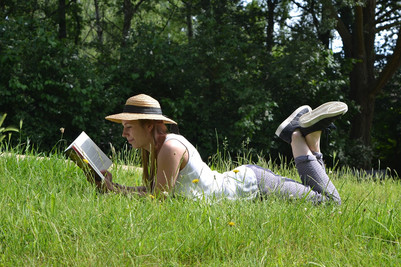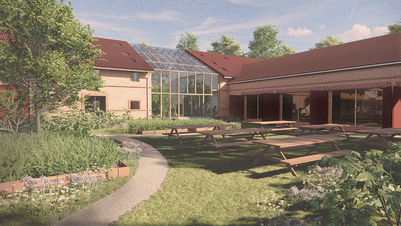
Conference Abstract | Signe Sophie Bøggild

Migration and the Modernist New Town
I will examine how the postwar New Town is renegotiated as a space of welfare with Gellerupparken in Aarhus as case. As urban utopias, built from scratch without claiming a position of home(land) and belonging, post-war New Towns are characterised by migration. They have no ‘original’ inhabitants, since everyone is a migrant. Historically welcoming all newcomers, they are Arrival Cities. Thus, Gellerupparken exemplifies a New Town, accommodating generations of migrants. Nevertheless, the state perceives this as problematic, restructuring social welfare provisions via new masterplans.
Initially, Gellerup incarnated the welfare city, staging ideals of the good life from cradle to grave. Today, it is testing transformations of ‘hard ghettos’ dictated by ‘the ghetto package”, enacted by Denmark’s parliament in 2018. One criterion of becoming ‘hard ghetto’ is the number of ‘non-Western’ residents. Gellerup’s new masterplan implies demolitions and evictions of residents due to their ethnicity, while building for middle class newcomers to stimulate social balance.
Symbolically (re)connecting city and New Town, Aarhus Municipality has relocated to Gellerup in a new building. Alternative spaces are produced from the bottom-up. Locals appropriate existing structures and landscapes, renegotiating Gellerup beyond mainstream narratives and planning regulations: Andromeda gallery run by locals, creatives inhabiting ‘the Collective House’, Gellerup Museum’s walks with local guides, Bazaar Vest.
These spatial appropriations/reinterpretations indicate that as society diversifies, welfare ideals/narratives of the good life should be formulated in the plural and included in the (re)writing of the history of architecture and the welfare state. More-over, it proves the potential of modernist structures and public spaces to be reinterpreted by changing inhabitants. Rather than a failed utopia or ghetto, the New Town is a dynamic place, mirroring a welfare state in transition.
.
How are New Towns affected by migration? How does it influence renegotiations of home and belonging vis-à-vis the ghetto discourse and demographic changes? Can local culture and (counter)narrative inspire a more inclusive understanding of places like Gellerup?
Signe Sophie Bøggild is an MA and Mag.art. (MPhil) in Art and Architectural History, educated at the University of Copenhagen and Goldsmiths, University of London with studies at the University of Roskilde and Paris 8 Vincennes-Saint-Denis. She does research, lectures, publishes and curates in Denmark and internationally on post-war New Towns, urban development and the welfare state. Currently, researcher of postwar welfare urbanism with a work grant awarded by the Danish Arts Foundation’s Committee for Architecture and programme curator at Copenhagen Architecture Festival with a focus on welfare architecture and social housing.















